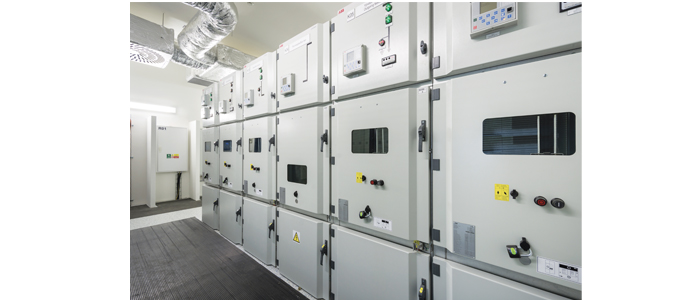- +61 7 3374 2877
- Email Us
In an increasingly electrified world, switchgear plays a critical role in delivering constant, reliable electric power to almost every application imaginable. Switchgear encompasses a number of electrical devices, such as circuit breakers, power monitors, motor and feeder controls, and protection devices.
The hidden cost of traditional switchgear technology
There are many hidden costs of traditional switchgear that can add up over the lifetime of the switchgear to significant totals, for example:
The initial cost of device implementation and correct parameter value-setting, which can be time-consuming if the necessary information is hard to find.
Coordination friction between the engineering and commissioning team when the design does not fully match on-site reality.
Switchgear testing, including manual operational data collection and report creation, which can require costly and time-consuming coordination between the buyer, operator and manufacturer.
Operational costs are also a significant overhead in traditional switchgear. These expenditures include regular visual inspection, function checks and maintenance that is conducted on a preventative rather than an as-needed basis.
Unlocking data unlocks cost savings
Electrical infrastructure already produces data. For example, protection relays count operation and trip cycles and this data can then be used to estimate contact wear and other breaker conditions. Motor controllers can collect data on motor load conditions that helps the operator detect problems in motors or attached machines.
However, the data these smart devices create is only as useful as the user’s ability to collect, access and take action on it. Putting them into a single system, this data could be used to identify the right threshold settings, monitor ongoing performance and help drive cost-effective predictive switchgear maintenance based on actual condition information, which is far preferable than waiting for a costly failure to occur.
Digital switchgear massively simplifies the task of liberating data from device silos to make it available for analysis, enabling cost-saving actions to be identified.

The advantages of digital switchgear
With a digital switchgear solution, the operator can not only collect data automatically, but also store and analyse it to facilitate data-driven decisions while applying lifetime analytics for further value creation.
Moreover, with on-site data collection throughout the switchgear’s lifetime, digital switchgear solutions provide the basis for asset management solutions that better estimate the remaining useful life of electrical equipment and the probability of failures.
An even more effective approach is to add comprehensive condition monitoring to the switchgear or the site’s entire electrical assembly – for example, with ABB Ability™ solutions. These solutions uses sophisticated data analysis and algorithms to automatically and continuously convert data from the devices into actionable insights that are easily accessible to maintenance personnel via a dashboard. Together with past lifetime data such as commissioning date, maintenance dates and performed maintenance, this data will become actionable information that drives decisions.